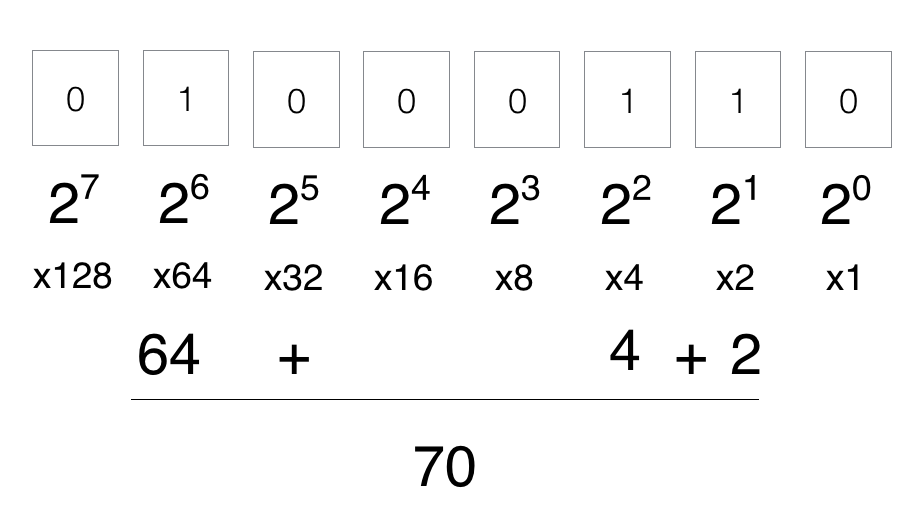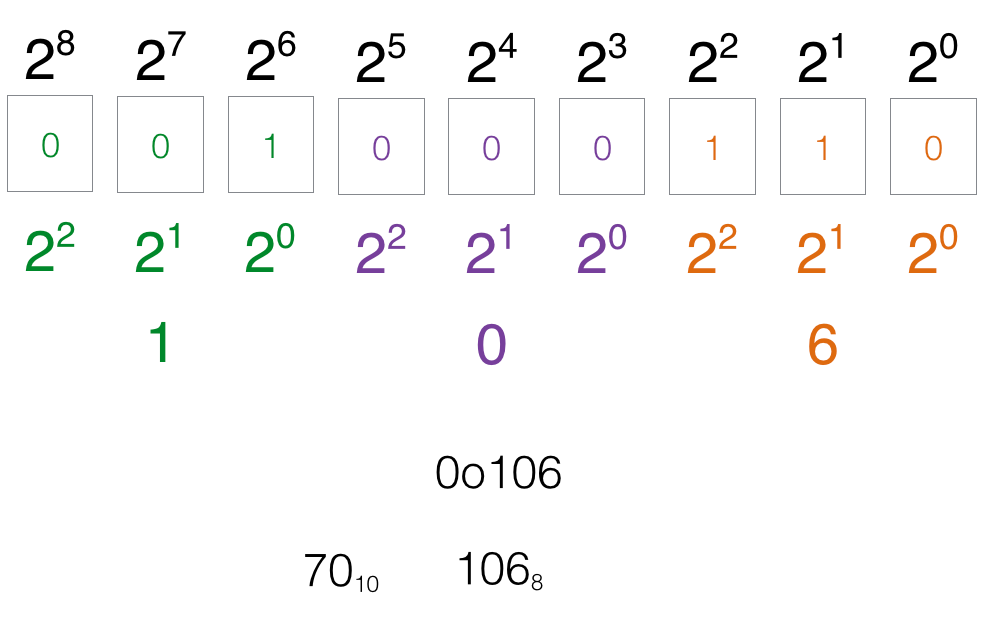Improving Binary Representation
Lab: Basics of Digitizing Data
Video Runtime: 13:45
In this episode, you are going to learn about how to improve the binary representation. Computer scientists and mathematicians found a way to look at the number pattern and intuitively read it to know what it represents.
The key takeaways from this episode are:
- Octal gives us a more efficient representation of 1s and 0s
- Base-8
- 8 digits 0-7
- Breaks binary into groups of three bits starting from LSB
Study Notes
Converting from binary to decimal?
There has to be an easier way.

The process of converting binary to decimal takes a few steps. It is more difficult to look at the pattern of 1s and 0s and pull out the exact decimal equivalent.
What if you could break down the patterns?
Base-8 or Octal

This is a base-8 number system, which is called octal.
We want to convert this binary pattern into octal. How?
The first step is to divide up the binary into sets of three bits starting at the least significant bit (on the right). If you end up with less than three on the left, then add zeros.
Octal represents just three bits that get combined together to form a new symbol. You start at the least significant group of three bits and then convert that pattern into a digit. Then repeat until you complete the entire binary number.
Notice that 106 looks just like the decimal 106. However, you know that octal 106 is actually 70 in decimal (or base 10). How do we differentiate the numbering systems?
Octal can be prefixed with a “0o” or suffixed with a “8”. Both of these formats denote octal.
Why use Base-8 / Octal?
- Easier to visualize
- Easier to work with
Practical uses of Octal:
- File permissions under a Unix system are in Octal
You will grow in this profession when you incrementally and systematically stretch yourself....bit-by-bit.
Episodes
Total Lab Runtime: 02:59:07
- 1 Lab Introductionfree 03:56
- 2 Electronics “on” and “off” Statesfree 12:11
- 3 Symbol to Represent Quantityfree 14:26
- 4 Number System for Statefree 12:44
- 5 Binary – Combining 1s and 0sfree 19:25
- 6 Improving Binary Representationfree 13:45
- 7 The Age of 16 Bit and Hexadecimalfree 15:15
- 8 Binary Additionfree 03:59
- 9 Negative Integer Data Representation - Part 1free 10:06
- 10 Negative Integer Data Representation - Part 2free 18:42
- 11 Real Number Data Representation - Part 1free 17:12
- 12 Real Number Data Representation - Part 2free 10:18
- 13 Textual Data Representationfree 08:47
- 14 Digital Image Data Representationfree 18:21
